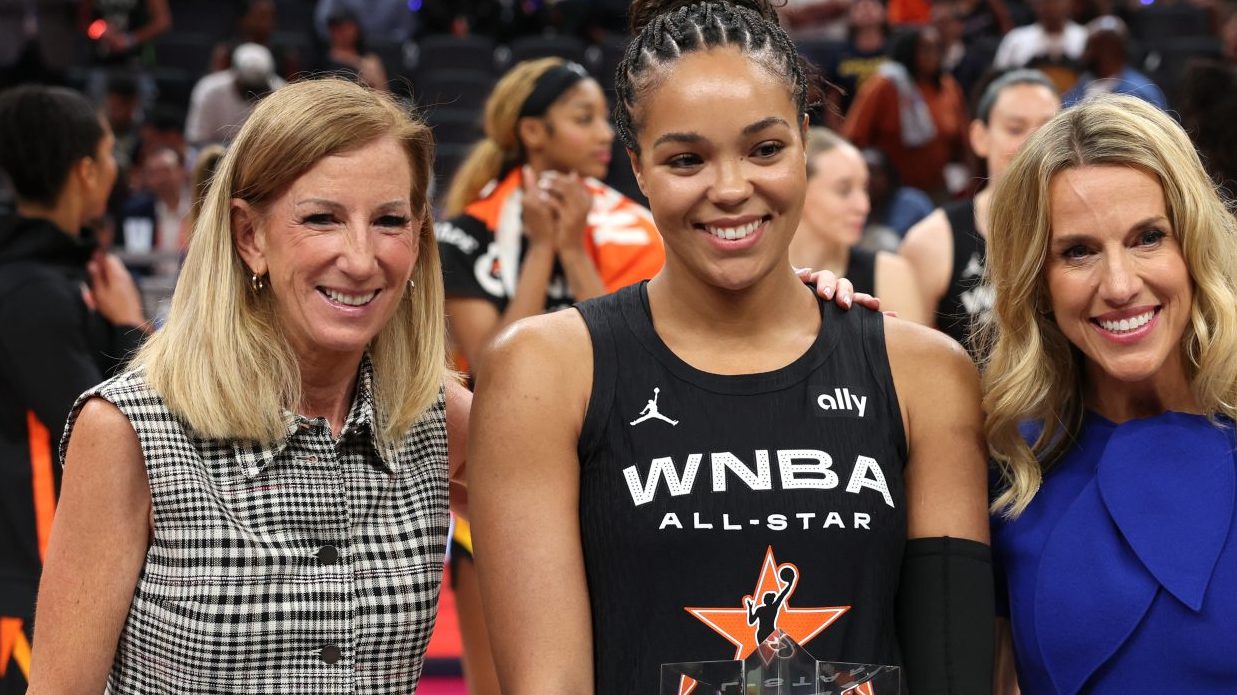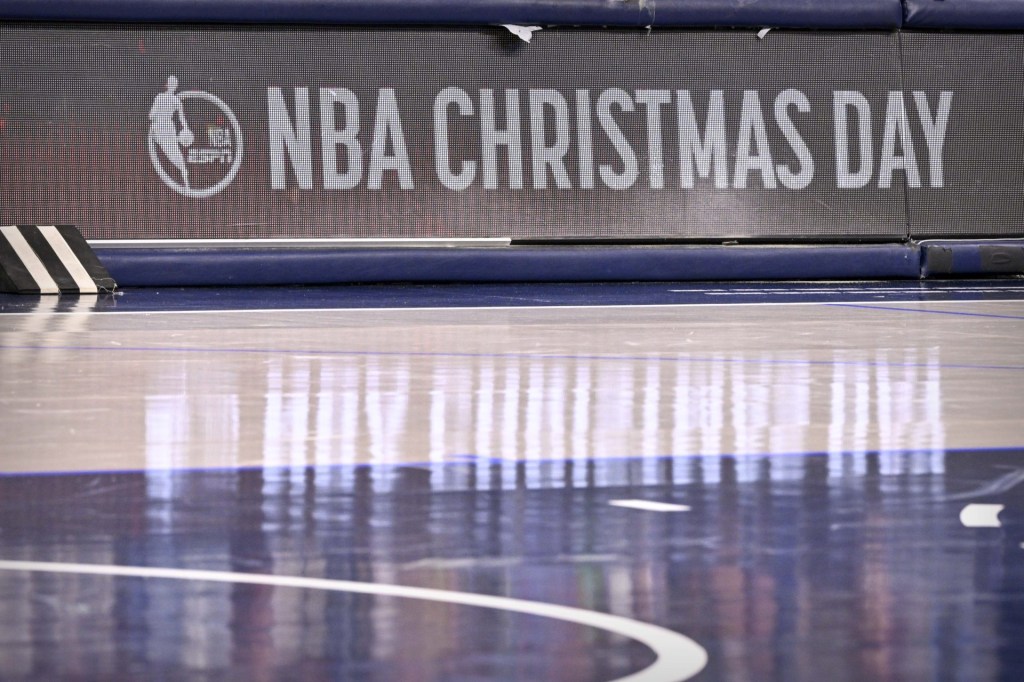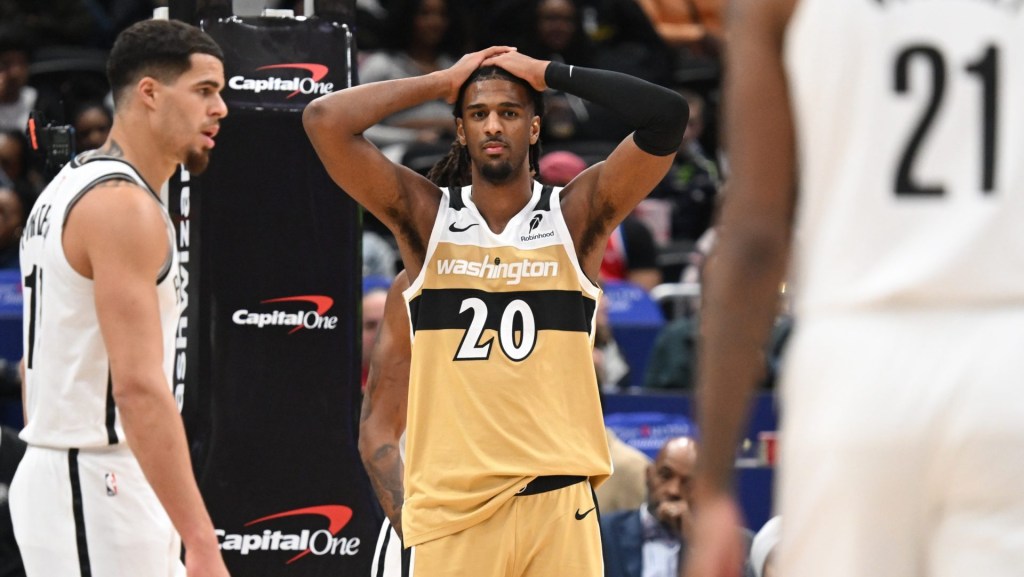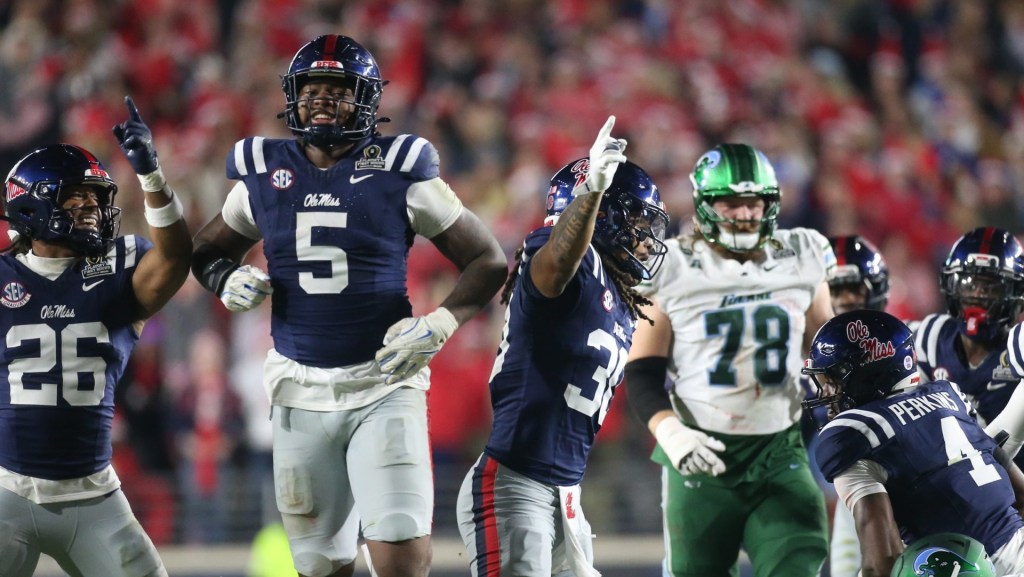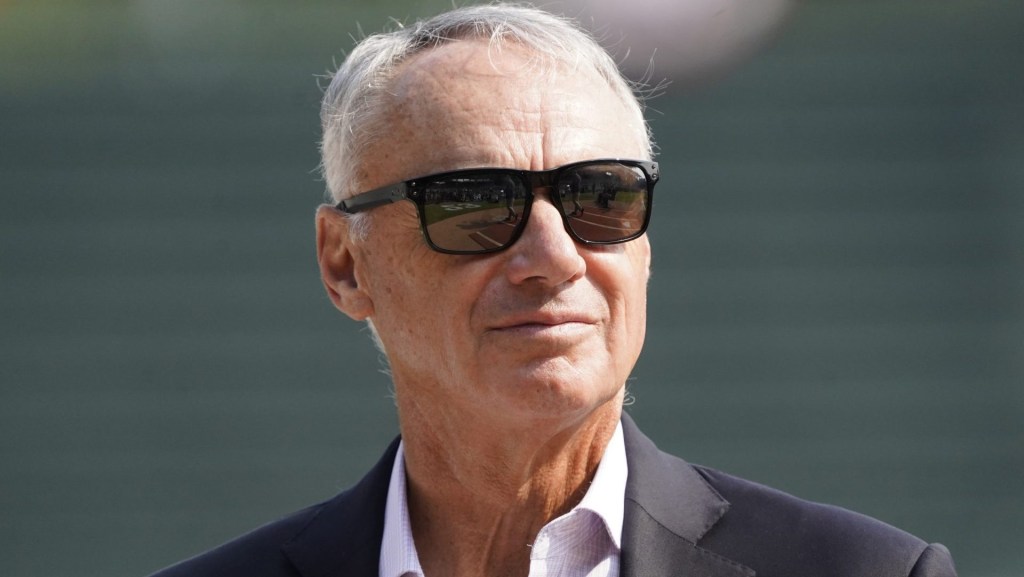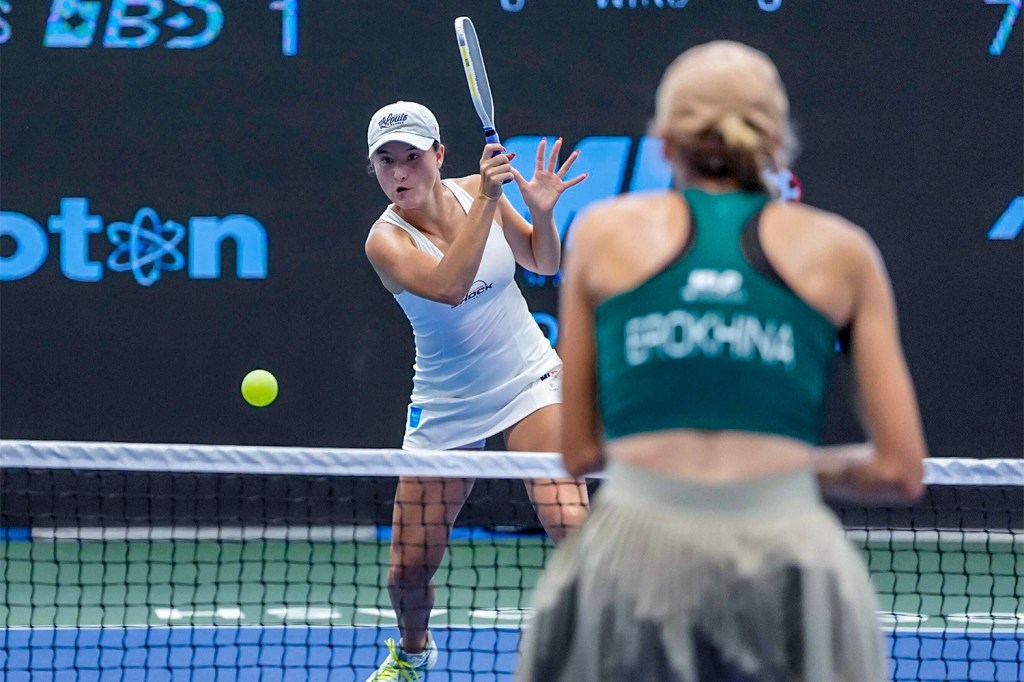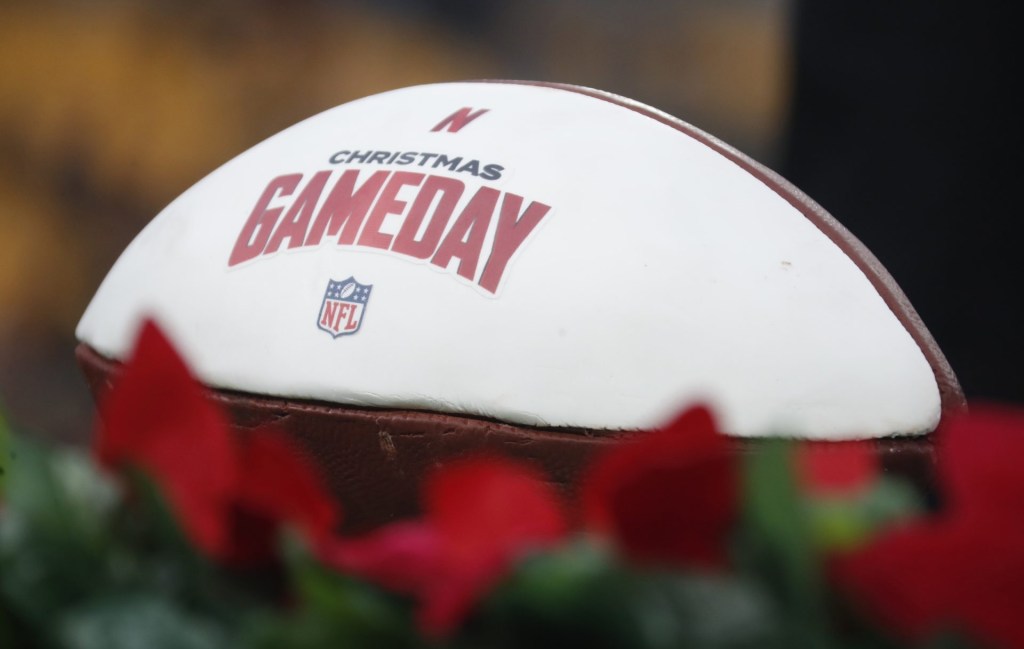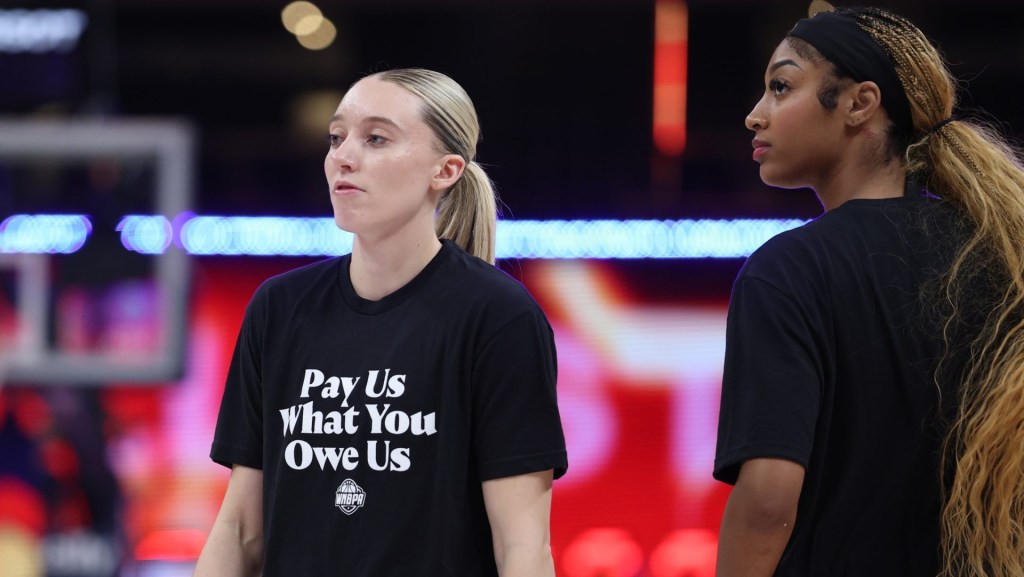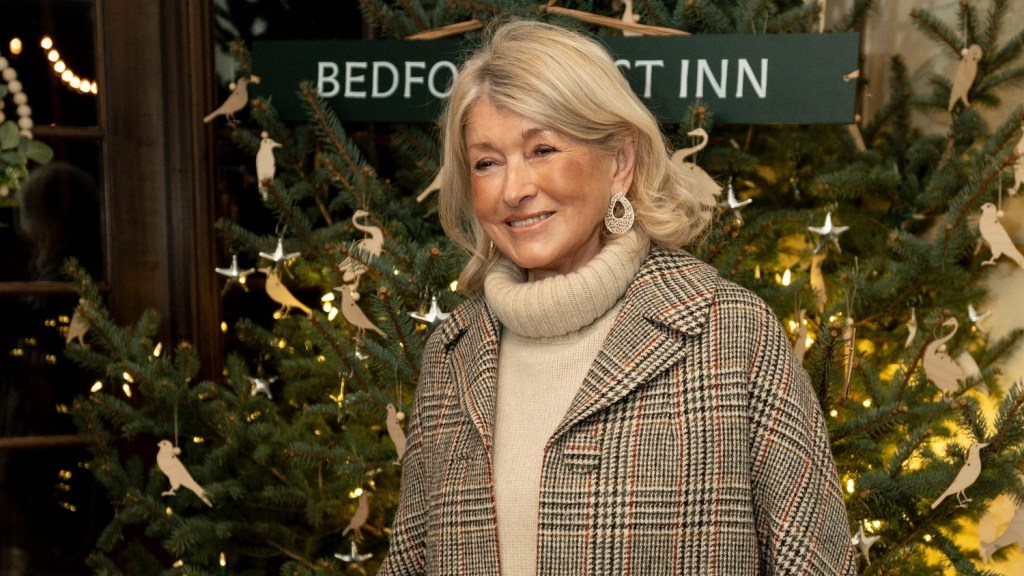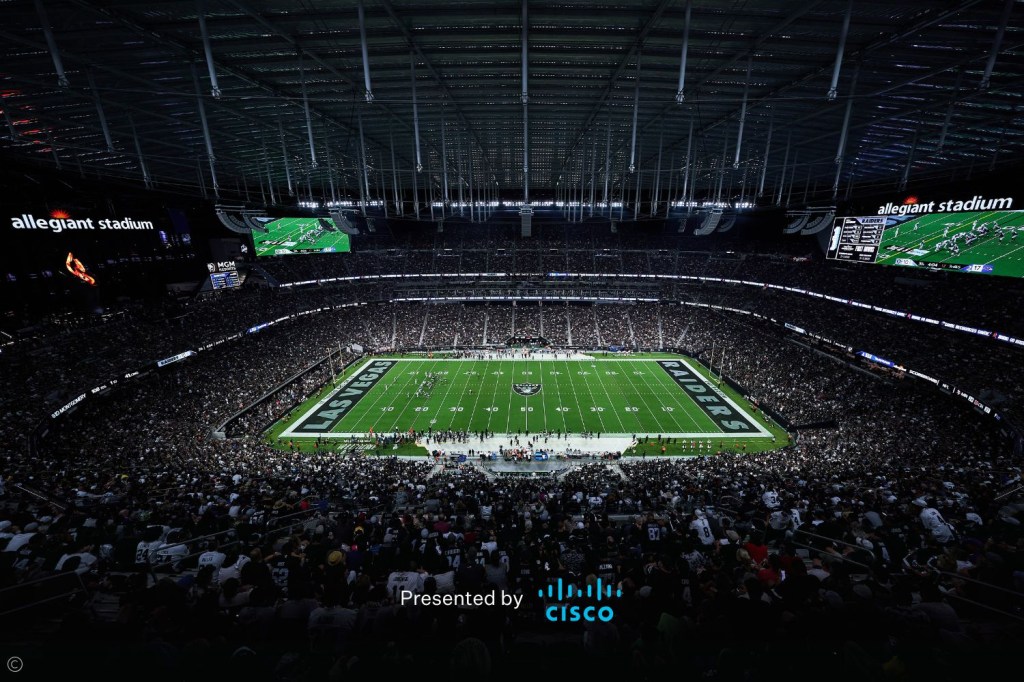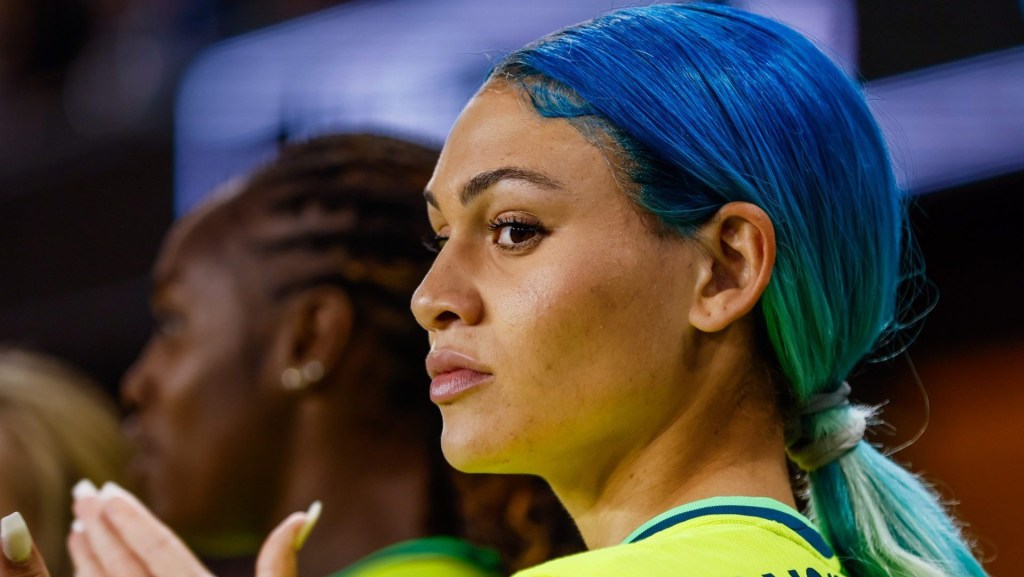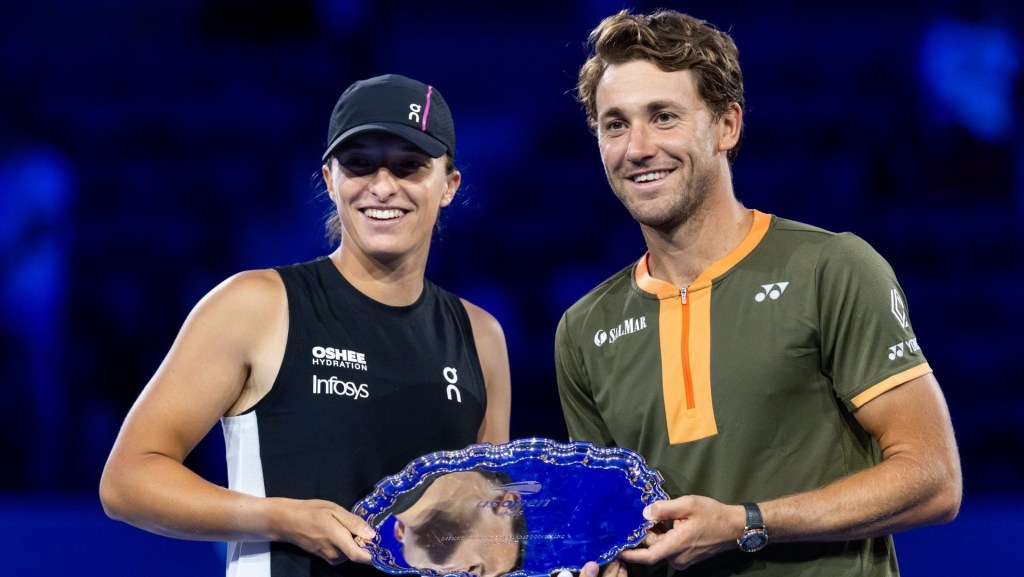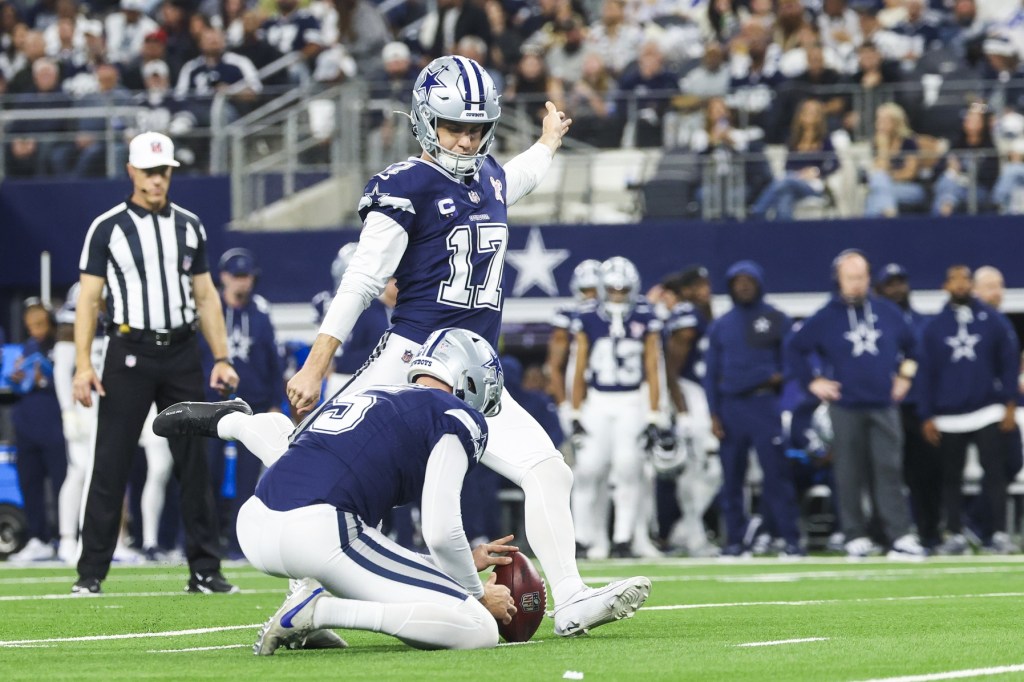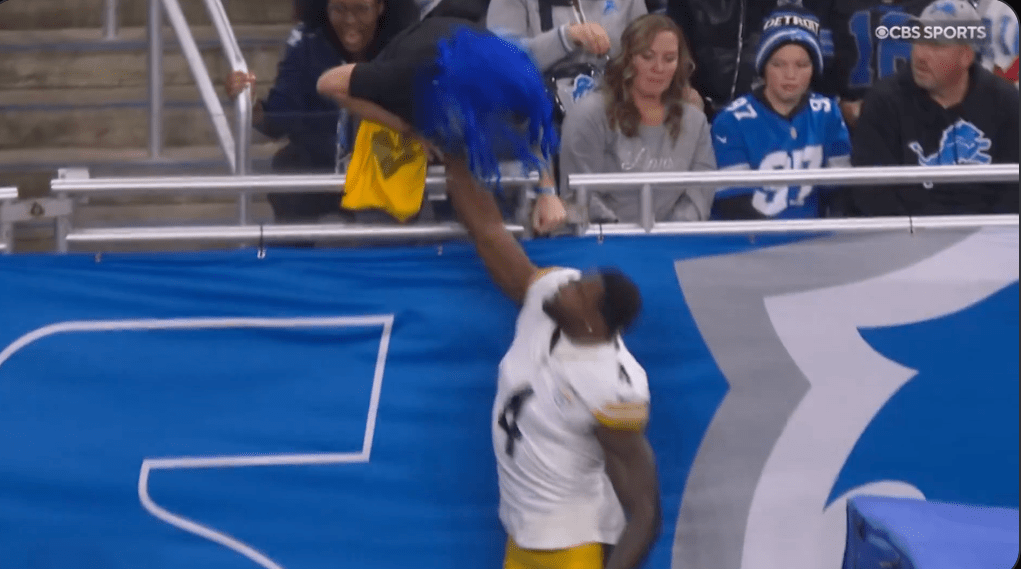Labor negotiations between the WNBA and its players’ union are reaching a fever pitch.
The current collective bargaining agreement expires Oct. 31, and the sides appear nowhere near a new deal. After Minnesota Lynx forward Napheesa Collier ripped into commissioner Cathy Engelbert and the league office Tuesday, many of the biggest names in the league expressed their dissatisfaction with how negotiations were going.
“The real threat to our league isn’t money; it isn’t ratings or even missed calls and physical play,” Collier said in a four-minute address. “It’s the lack of accountability from the league office.”
Collier addressed several league issues in her statement and subsequent press conference, including the CBA. Players across the league took to social media in support. Others addressed the media ahead of and immediately after Game 5 of the semifinals between the Las Vegas Aces and Indiana Fever.
“The queen has spoken,” two-time MVP Elena Delle Donne wrote on Instagram. “It’s the care for the human part for me. I’m still not sure Cathy knows I retired. Heard from everyone but her.”
“I was honestly disgusted by the comments that Cathy made,” four-time MVP A’ja Wilson said after the Aces’ win over the Fever. “At the same time, I’m very appreciative we have people like Phee in our committee of the players’ association representing us because that’s where we’re going to have to continue to make the push to stand on what we believe in.”
While referencing issues with officiating, Collier noted that the league’s CBA proposals have fallen short of player expectations.
“The league has a buzzword that they’ve rolled out as talking points for the CBA as to why they can’t pay the players what we’re worth,” she said. “That word is sustainability.”
The two sides continue to meet regularly, with a planned meeting scheduled for Oct. 9, one league source told Front Office Sports.
There still remains a gulf over the most basic economic issues: salaries and how league revenue is shared.
Players in the first two years of rookie contracts earned less than $80,000 for the 2025 WNBA season. Collier named three of them—Indiana Fever guard Caitlin Clark, Chicago Sky forward Angel Reese, and Dallas Wings guard Paige Bueckers—saying that she asked Engelbert what her plans were to remedy their low pay despite them being directly responsible for so much league revenue. According to Collier, Engelbert said Clark should be “grateful she makes $16 million off the court” because without the WNBA platform she would make nothing.
Reese and Bueckers both shared their public support of Collier’s statement, “10/10. No notes!” Reese posted on X. The Fever said Clark had no comment, according to ESPN. In a written statement, Engelbert said, “I am disheartened by how Napheesa characterized our conversations and league leadership,” but she did not deny making the comments Collier alleged.
The league’s supermax base salary in 2025 was $249,244. In August, ESPN reported that a league source suggested the max base salary could increase to at least $1 million. (Under a new media-rights deal that kicks in next season, the WNBA’s media revenue will at least triple, from $60 million annually to $200 million per year, and it could grow even further across the life of the deal.) According to sources familiar with negotiations, the most recent proposal from the league to players does not include the max base salary quadrupling in the first year.
Under the current CBA, the salary cap increased by a fixed rate of 3% every year. In addition to that fixed rate, the current system—which was negotiated ahead of the 2020 pandemic season—has a revenue-sharing model that is triggered only if league revenue exceeds certain targets. Those targets are cumulative over the life of the deal; the loss of revenue during the pandemic has made the targets all but impossible to reach, ultimately resulting in players not receiving a share.
The WNBA has proposed a similar system in CBA negotiations, a league source said, with targets that would put the players behind within months of the deal starting.
WNBA players have talked at length about their desire to get closer to revenue-sharing models in other professional sports leagues like the NBA, which guarantees players will pocket nearly 50% of basketball-related income. The NBA salary cap rises with the league’s revenue, increasing by a maximum 10% ahead of the 2025–26 season.
The breakdown of WNBA stakeholders is unique for a major U.S. sports league. The 30 NBA owners control 42% of the WNBA, another 42% is owned by the WNBA owners—some of whom also own NBA teams—and the remaining 16% is controlled by an investment group through a $75 million capital raise in 2022 that stands to complicate negotiations. Ted Leonsis (Washington Mystics and Wizards), Herb Simon (Indiana Fever and Pacers), and Joe Tsai (New York Liberty and Brooklyn Nets) were all part of the 2022 capital raise, which means they have three separate stakes in the WNBA.
If the sides fail to reach an agreement by Oct. 31, which has been considered the likely outcome since at least August, an extension is one possibility. In 2019, the league and the Women’s National Basketball Players Association agreed to a 60-day extension that they announced in a joint statement days before the deadline. (This time around, the league is facing an impending expansion draft with the Toronto Tempo and Portland Fire slated to begin play in 2026.)
A work stoppage in the form of a lockout, initiated by owners, or strike, initiated by the WNBPA, are also possibilities. The league has never lost games to a work stoppage. The closest it came was in 2003, when the draft and preseason were slightly delayed.
Engelbert is slated to give her next state-of-the-league address ahead of Game 1 of the WNBA Finals on Friday in Las Vegas.
